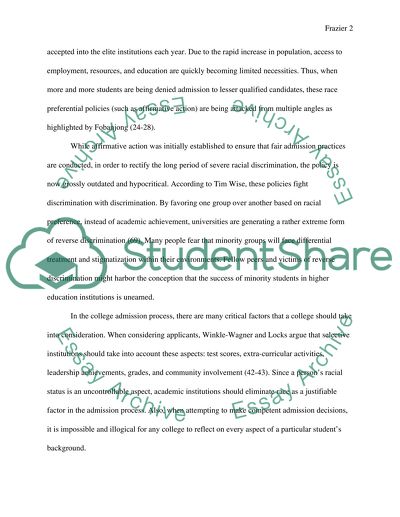Cite this document
(“Against Affirmative Action in College Admissions Essay”, n.d.)
Retrieved from https://studentshare.org/social-science/1641753-against-affirmative-action-in-college-admissions
Retrieved from https://studentshare.org/social-science/1641753-against-affirmative-action-in-college-admissions
(Against Affirmative Action in College Admissions Essay)
https://studentshare.org/social-science/1641753-against-affirmative-action-in-college-admissions.
https://studentshare.org/social-science/1641753-against-affirmative-action-in-college-admissions.
“Against Affirmative Action in College Admissions Essay”, n.d. https://studentshare.org/social-science/1641753-against-affirmative-action-in-college-admissions.


